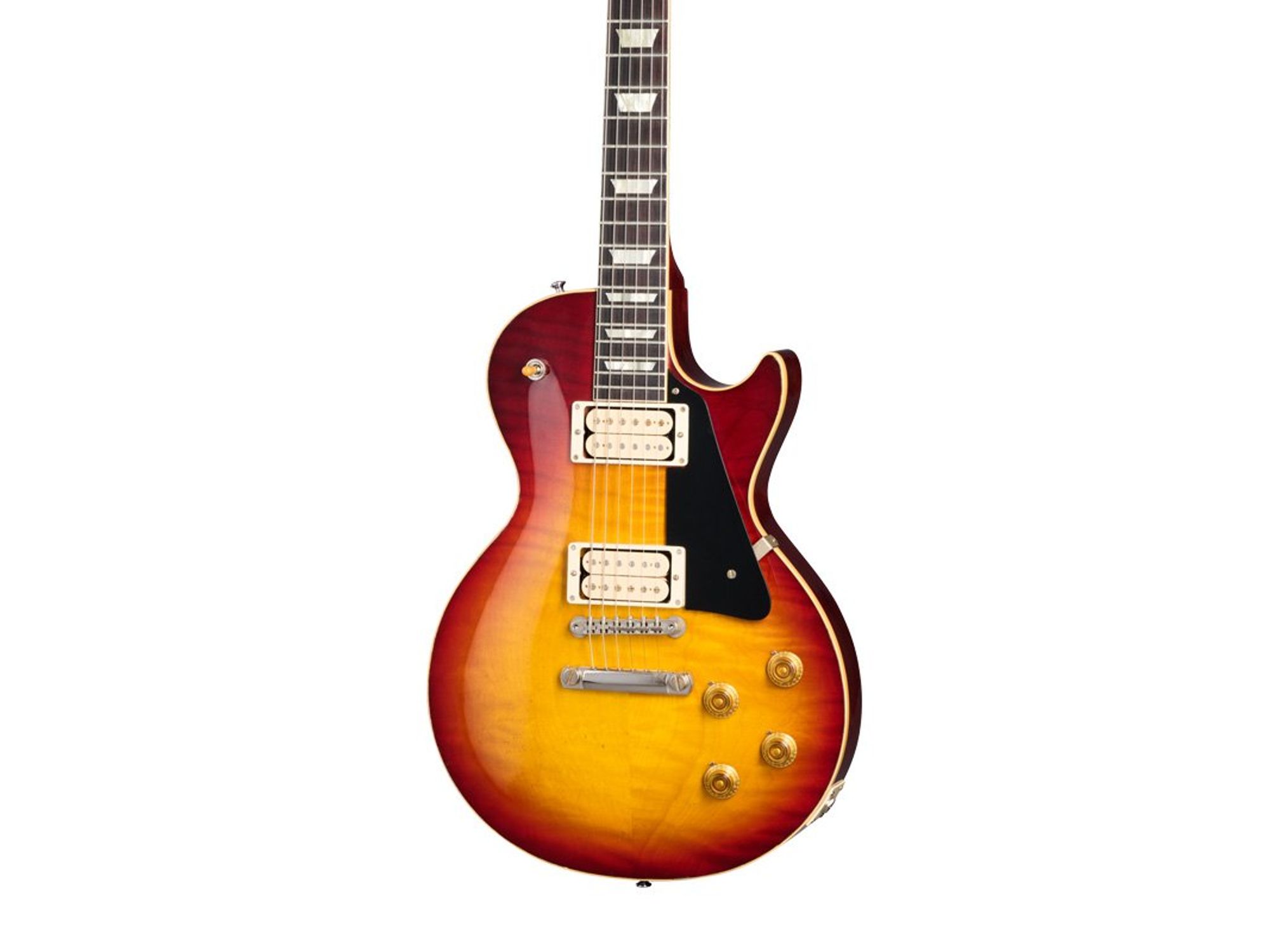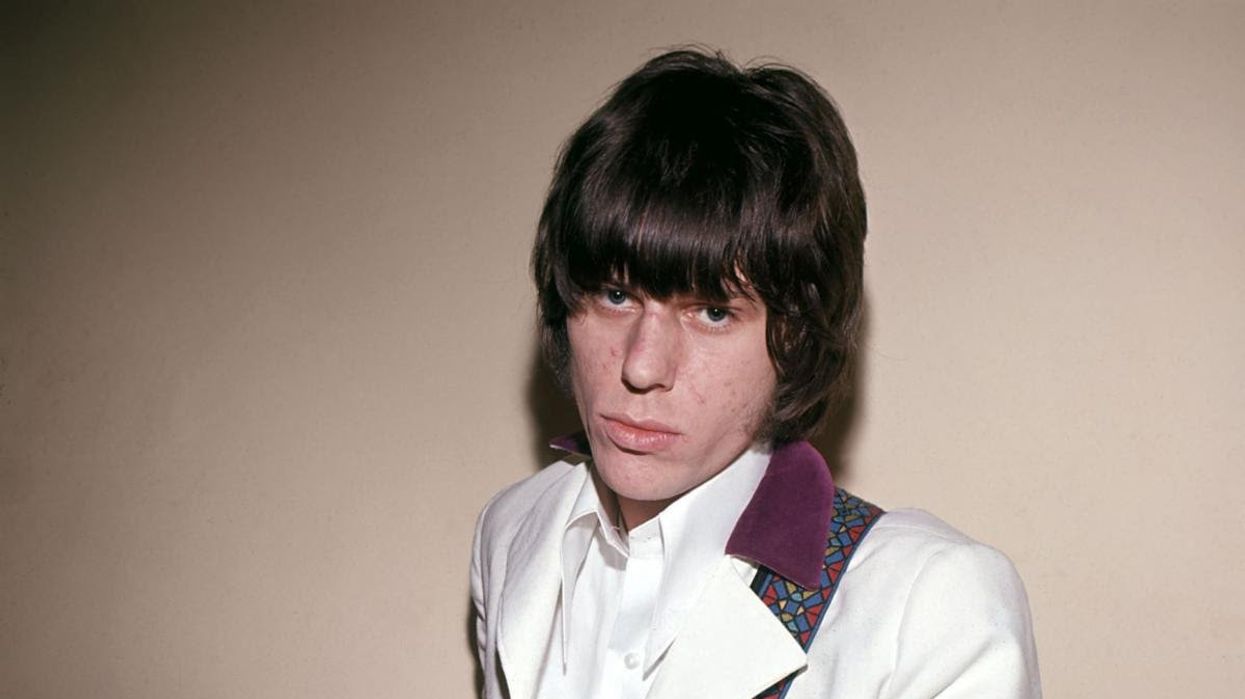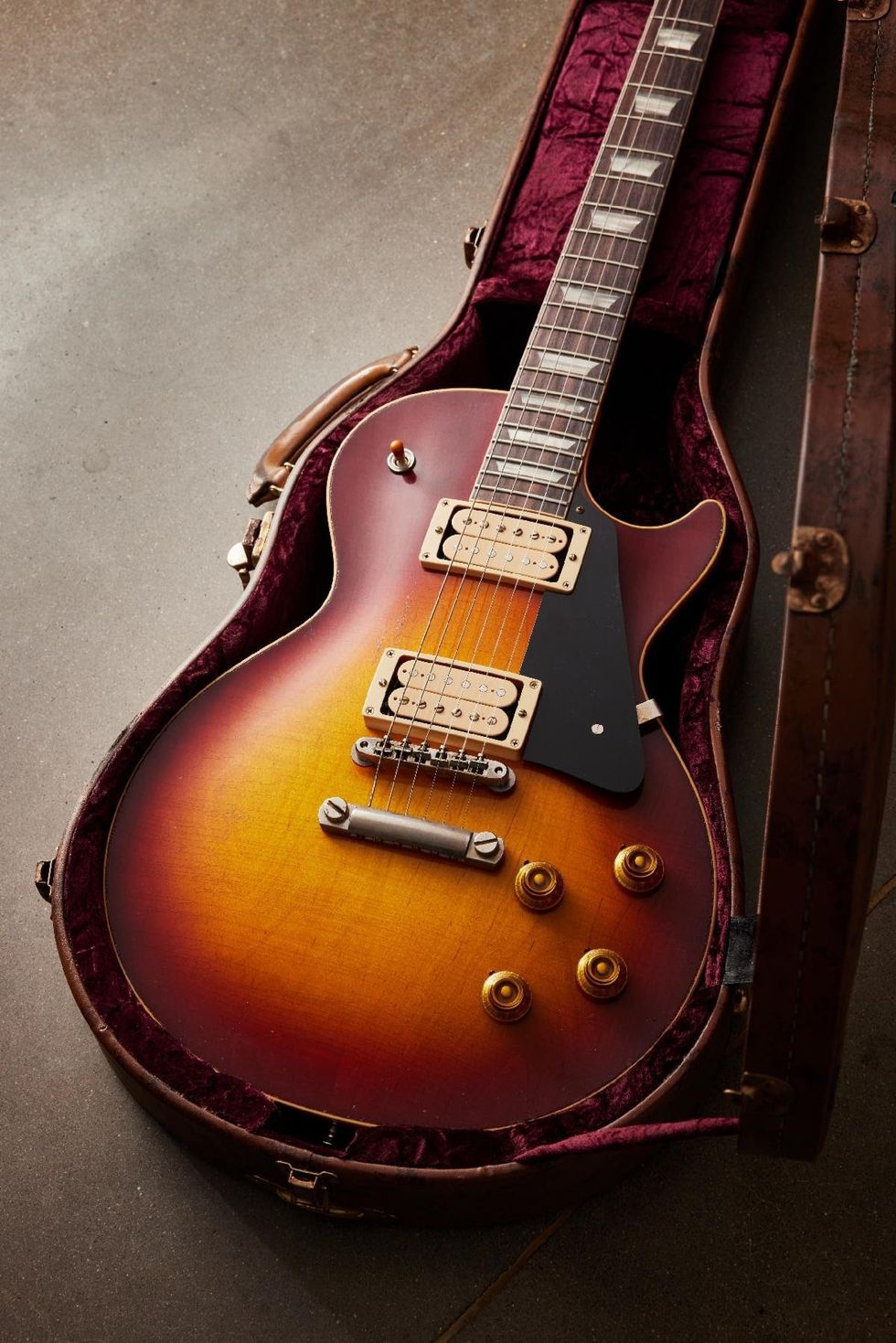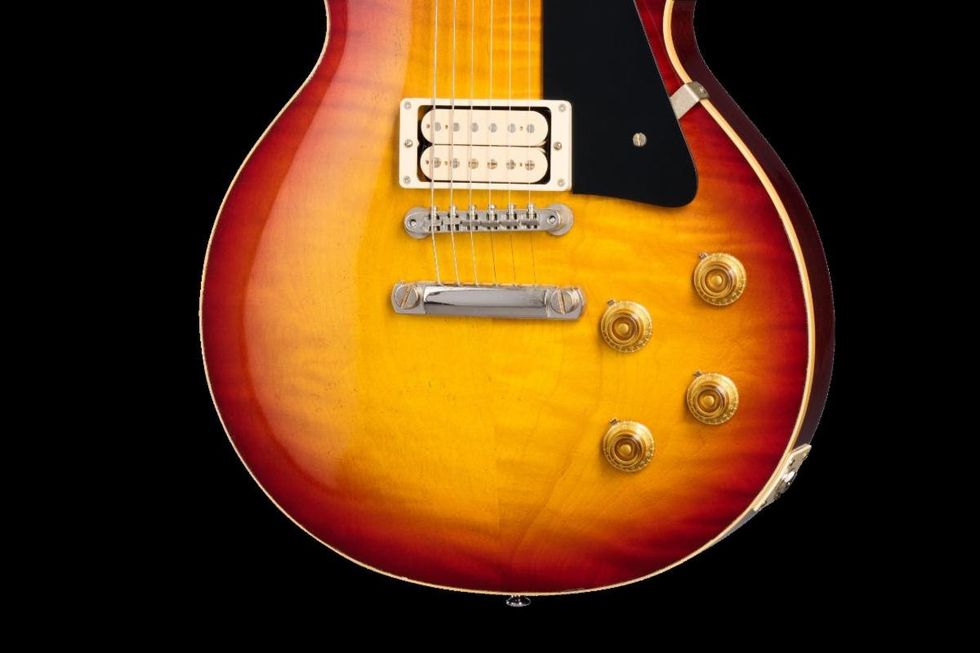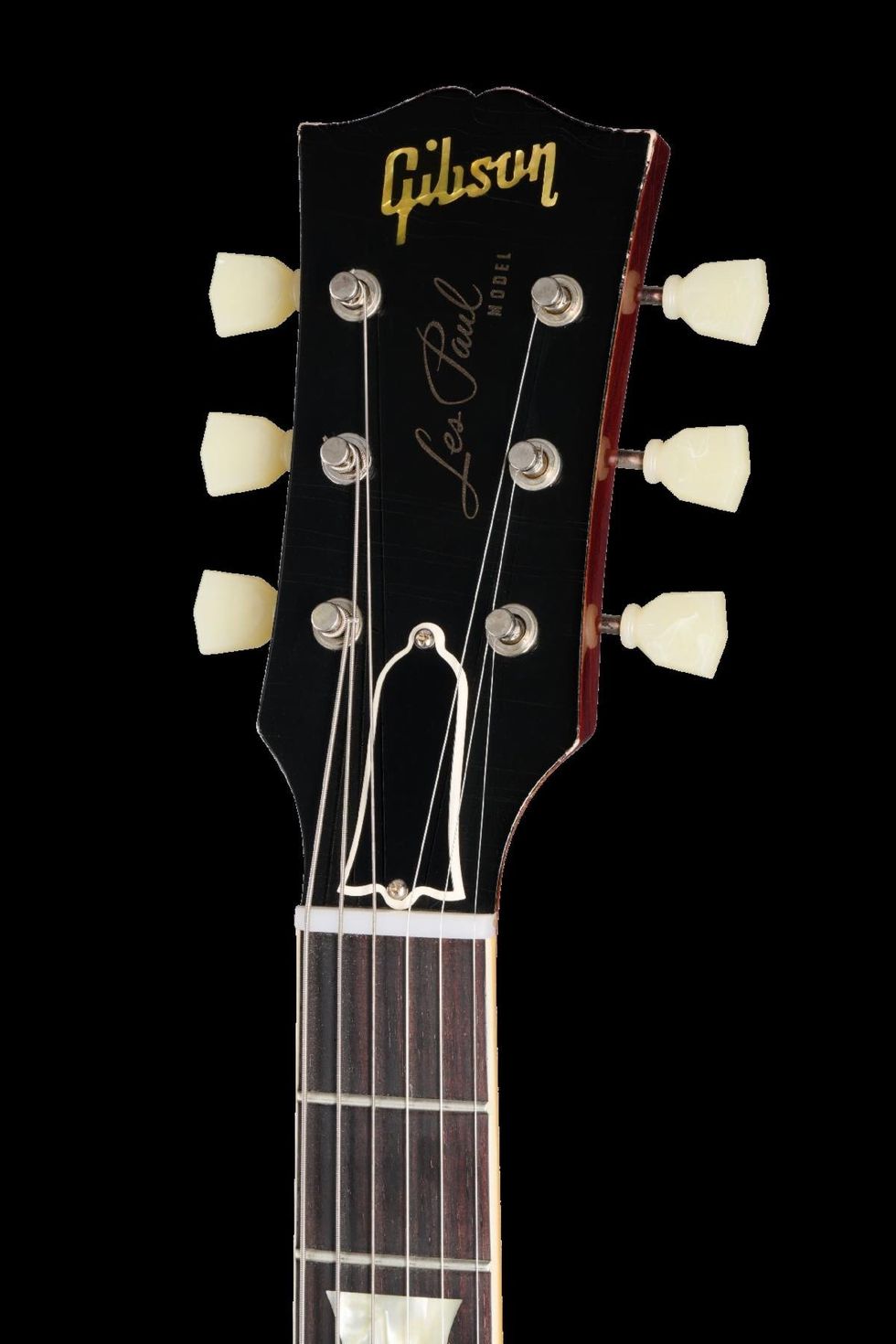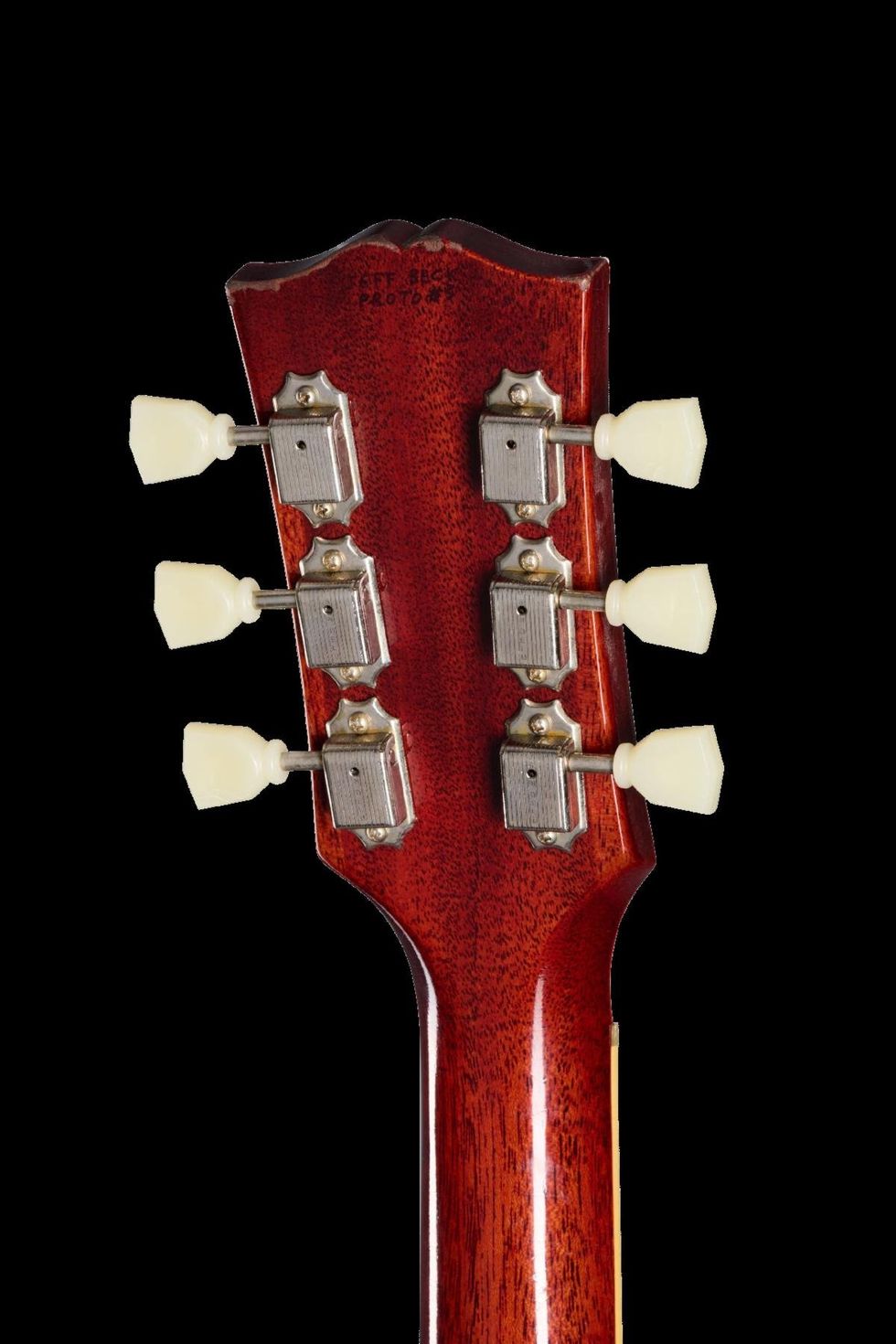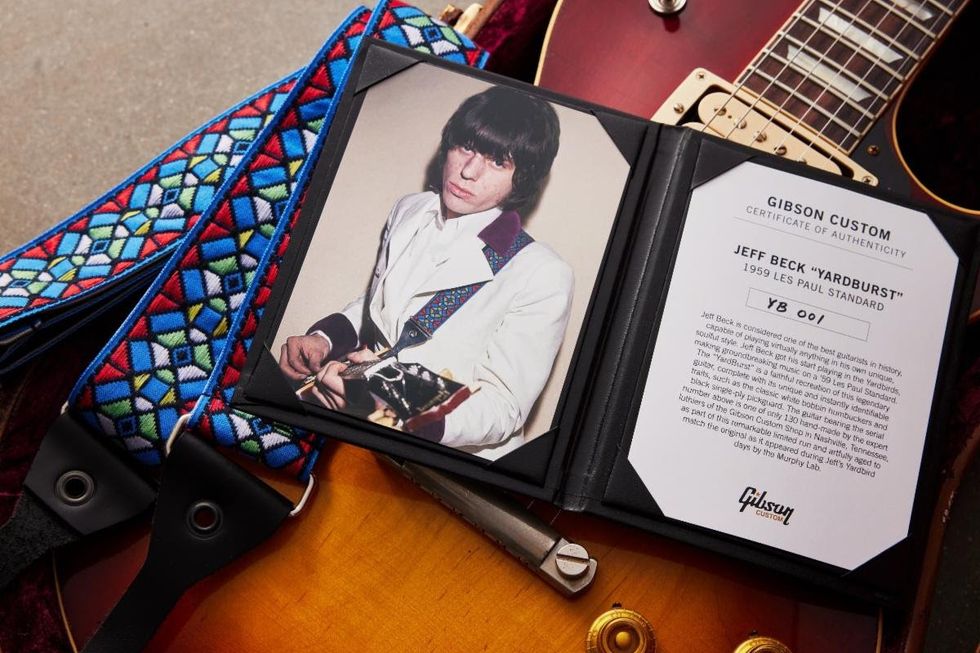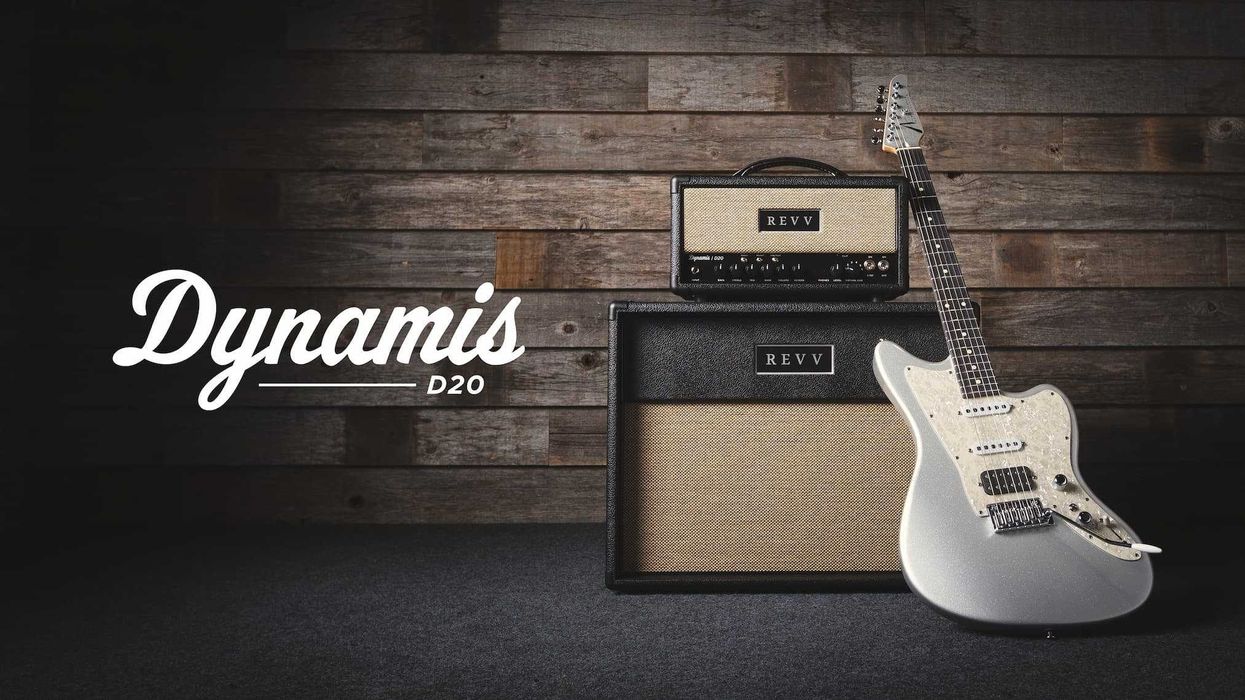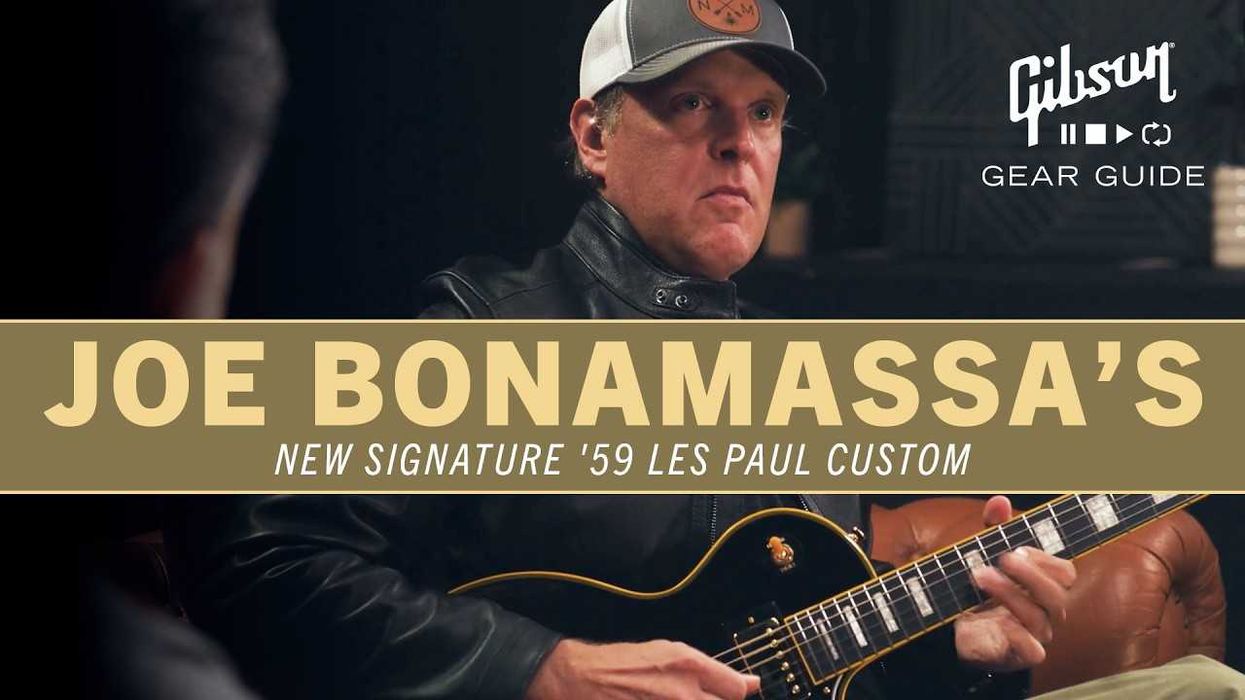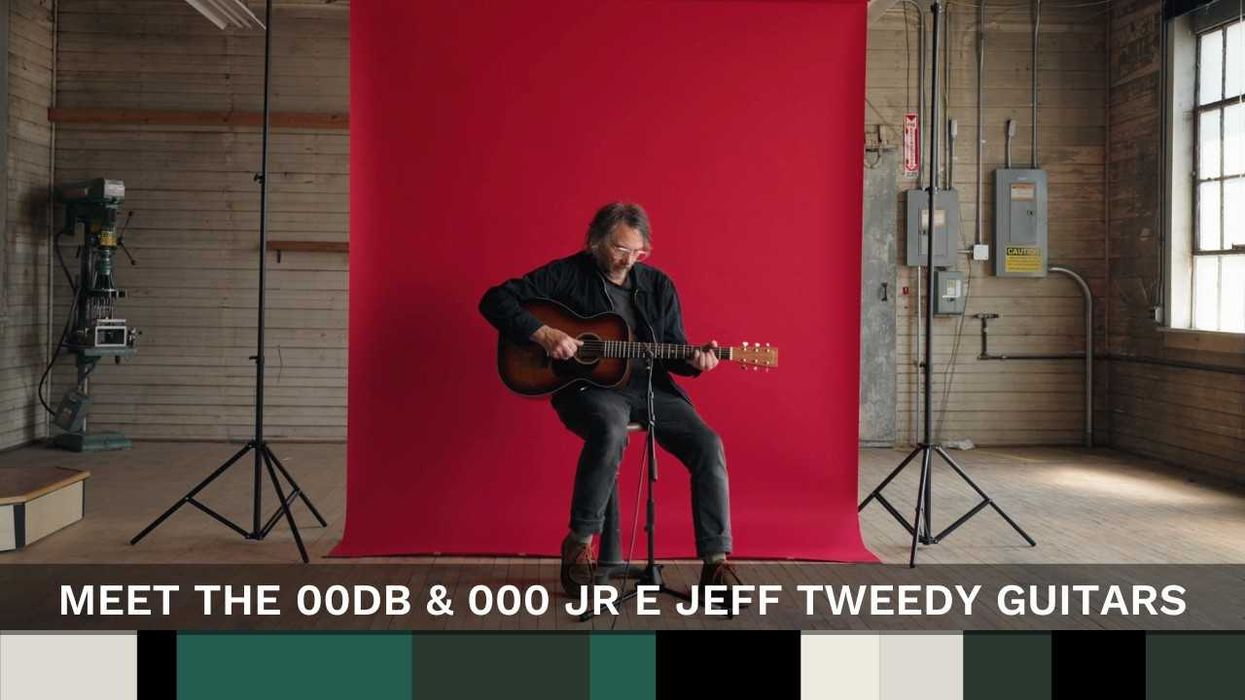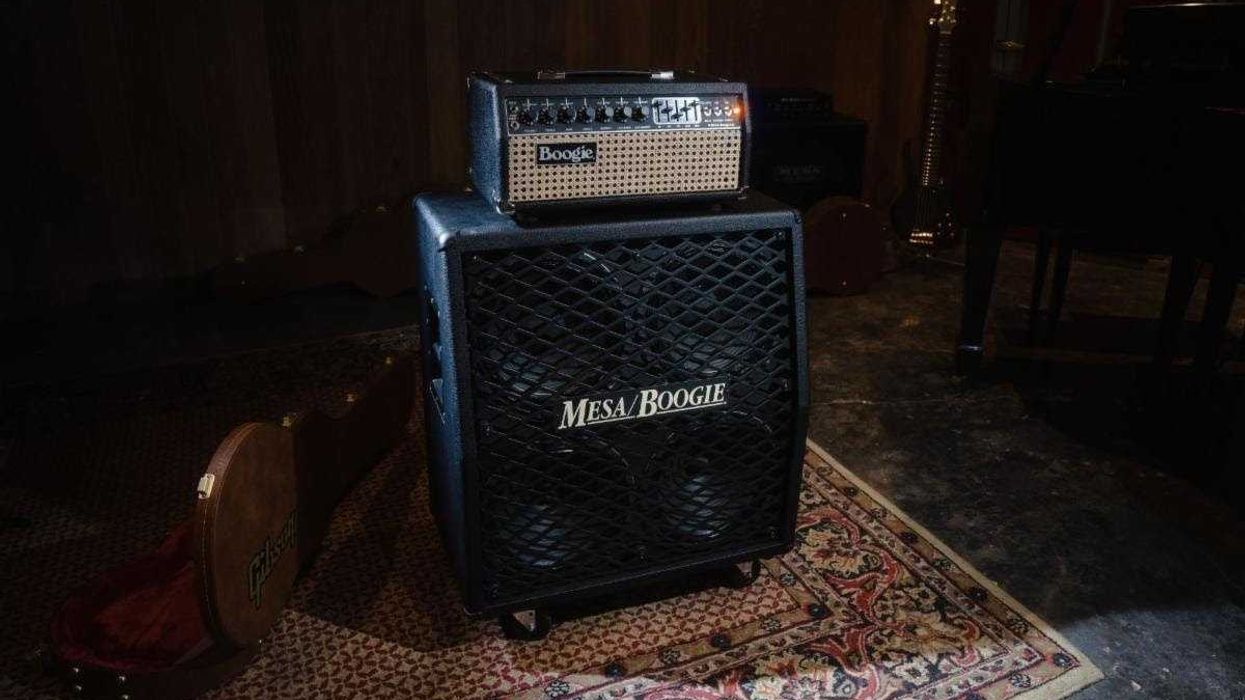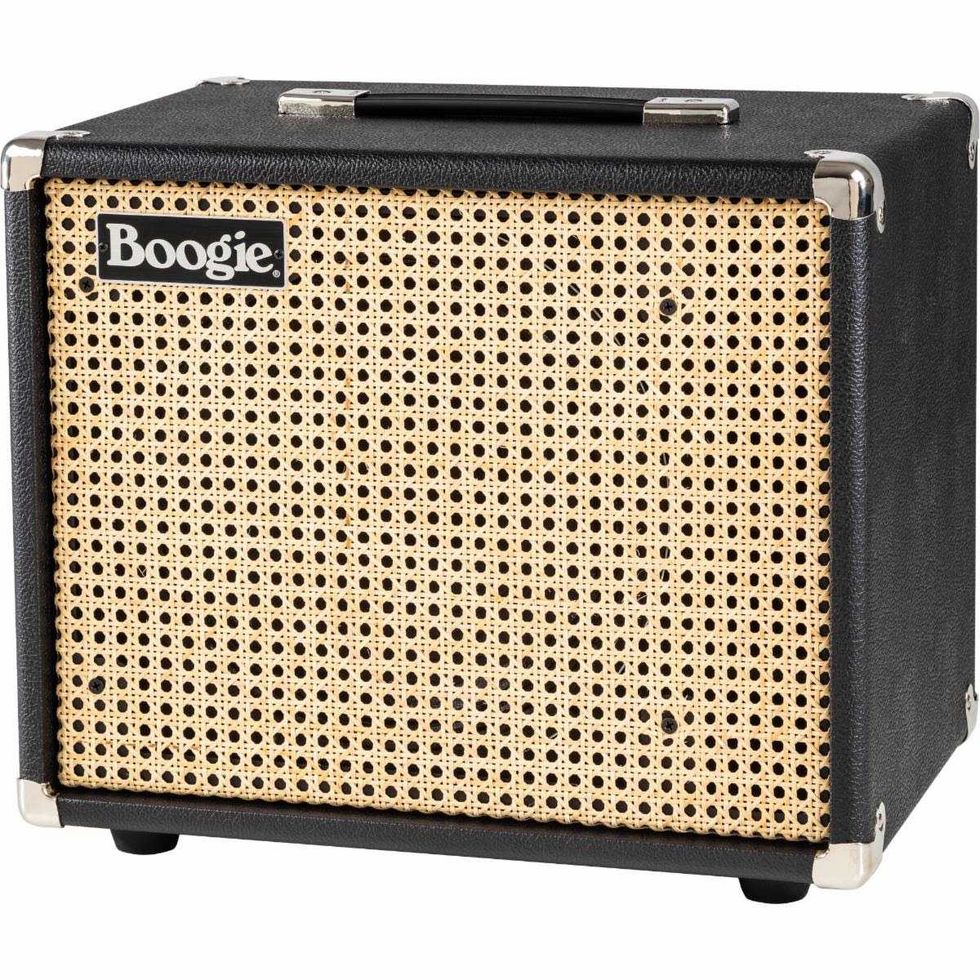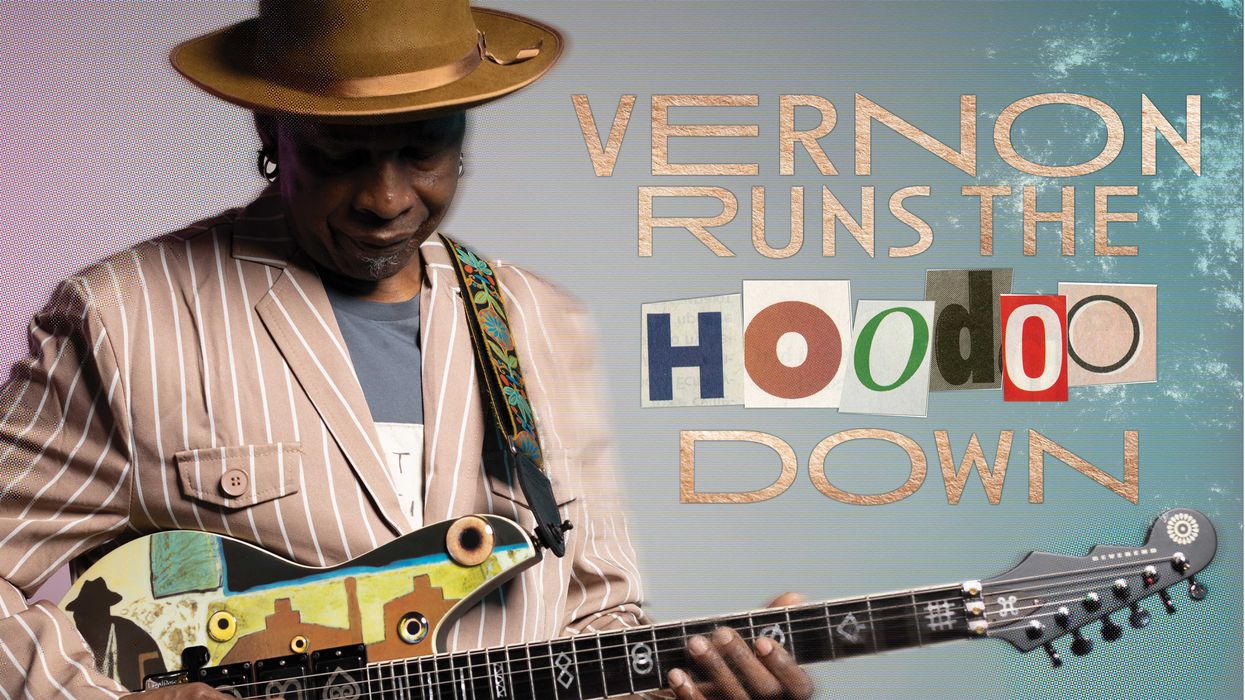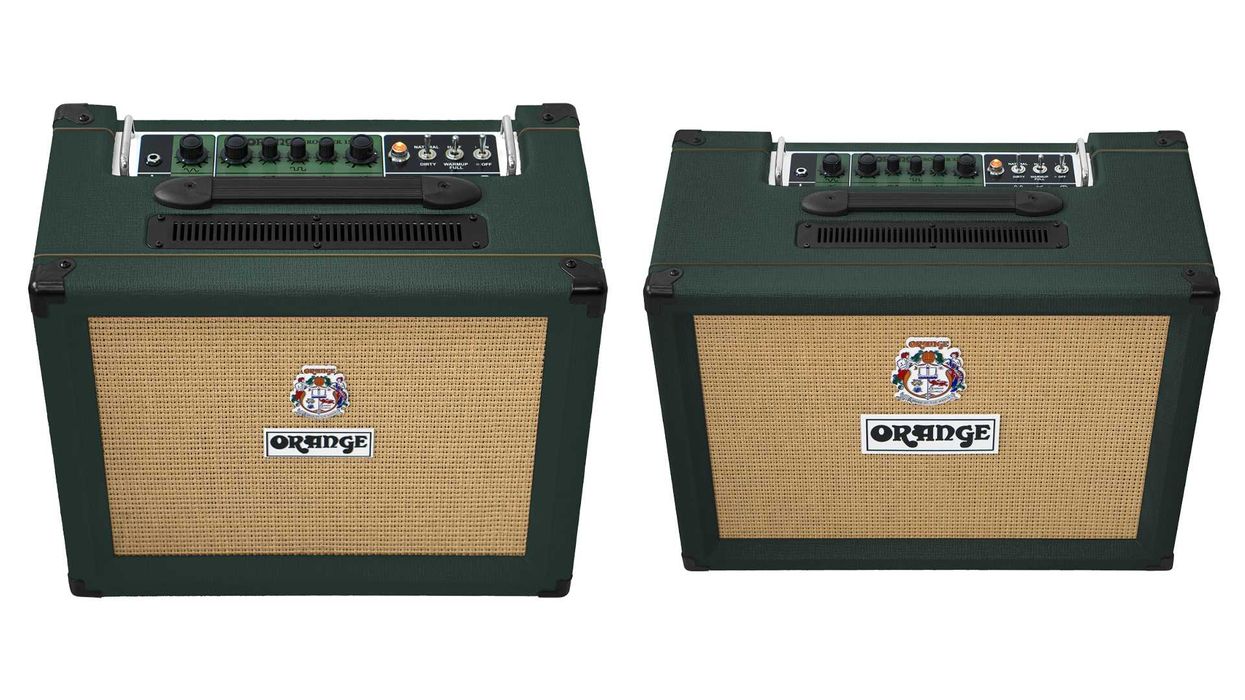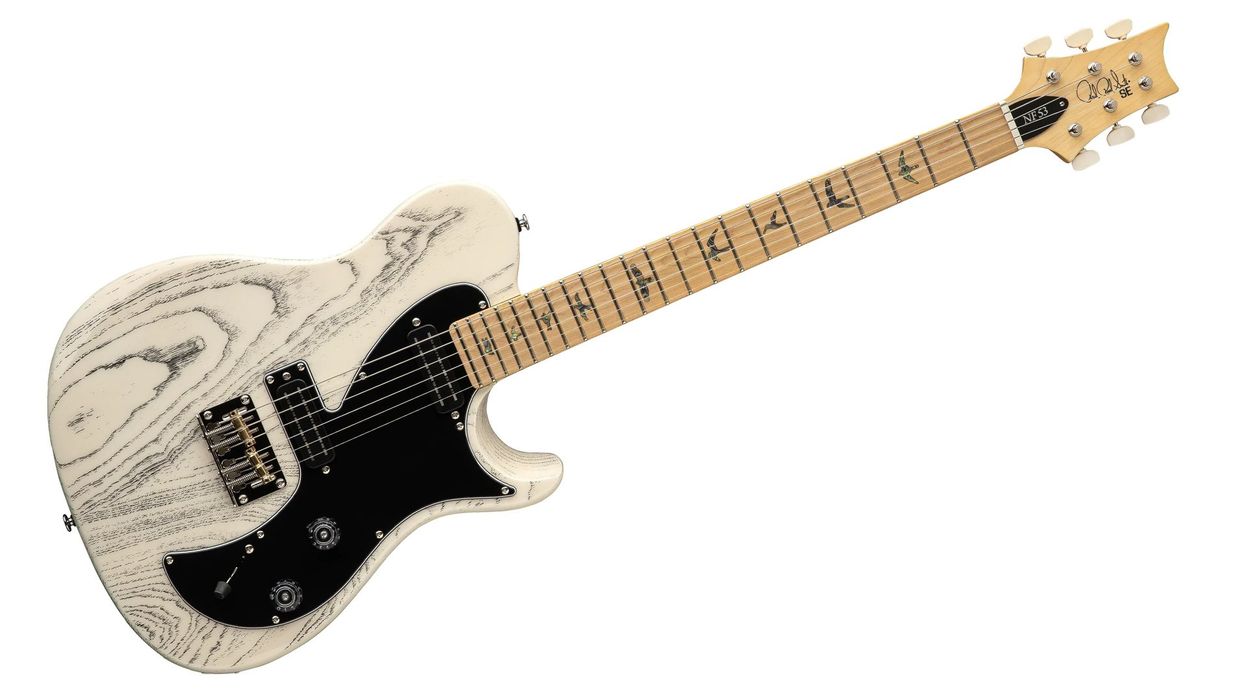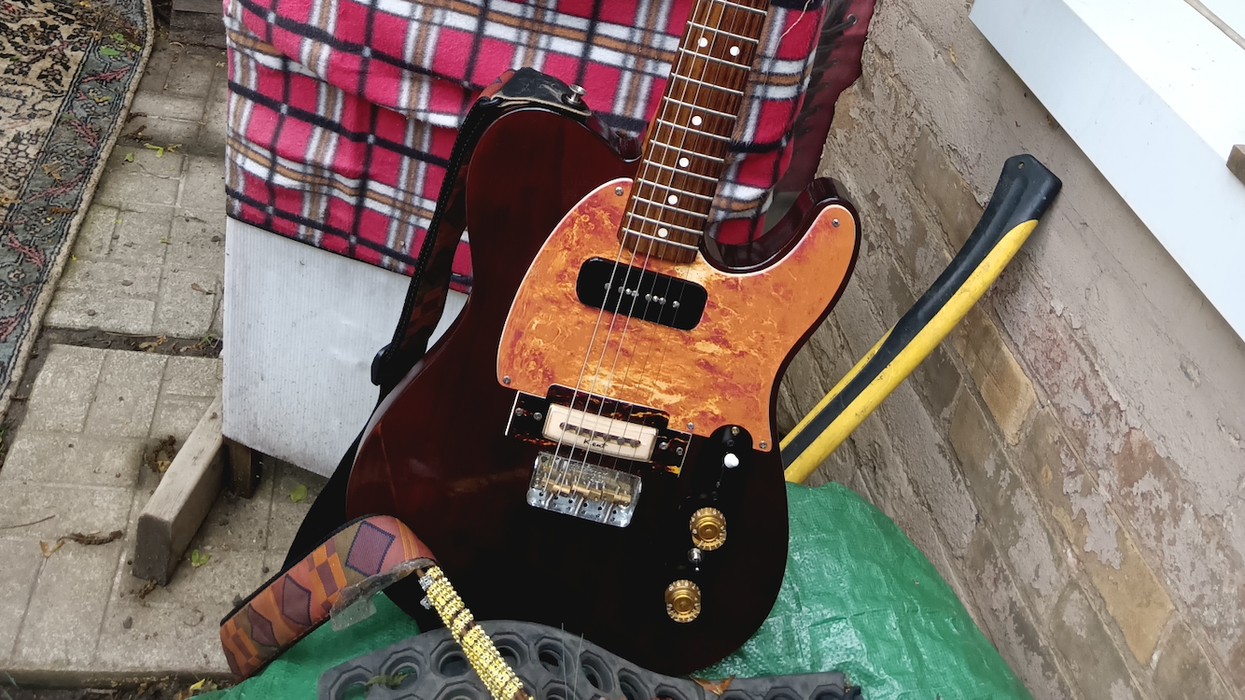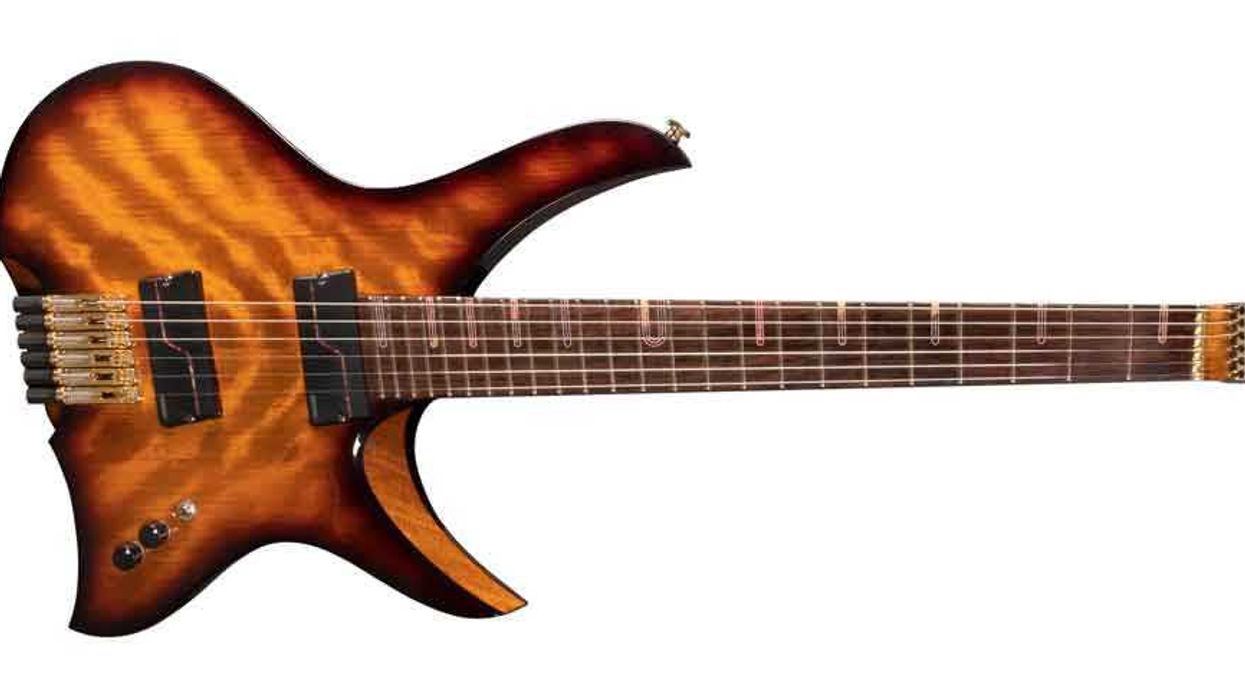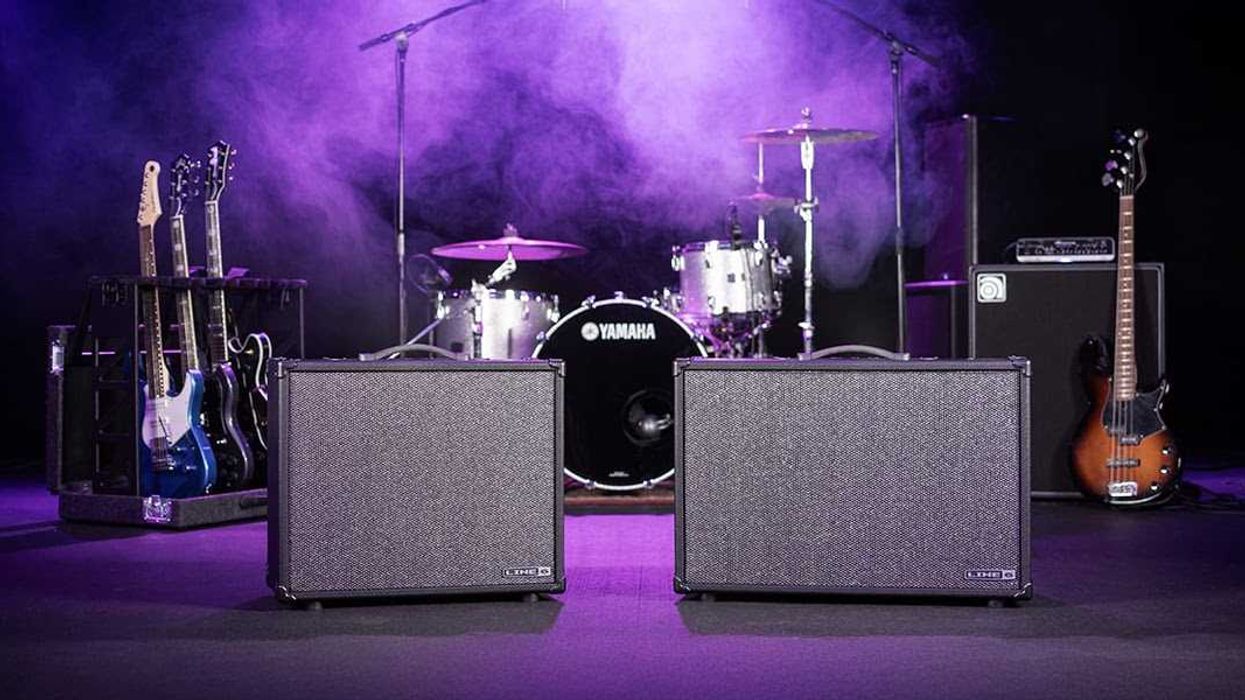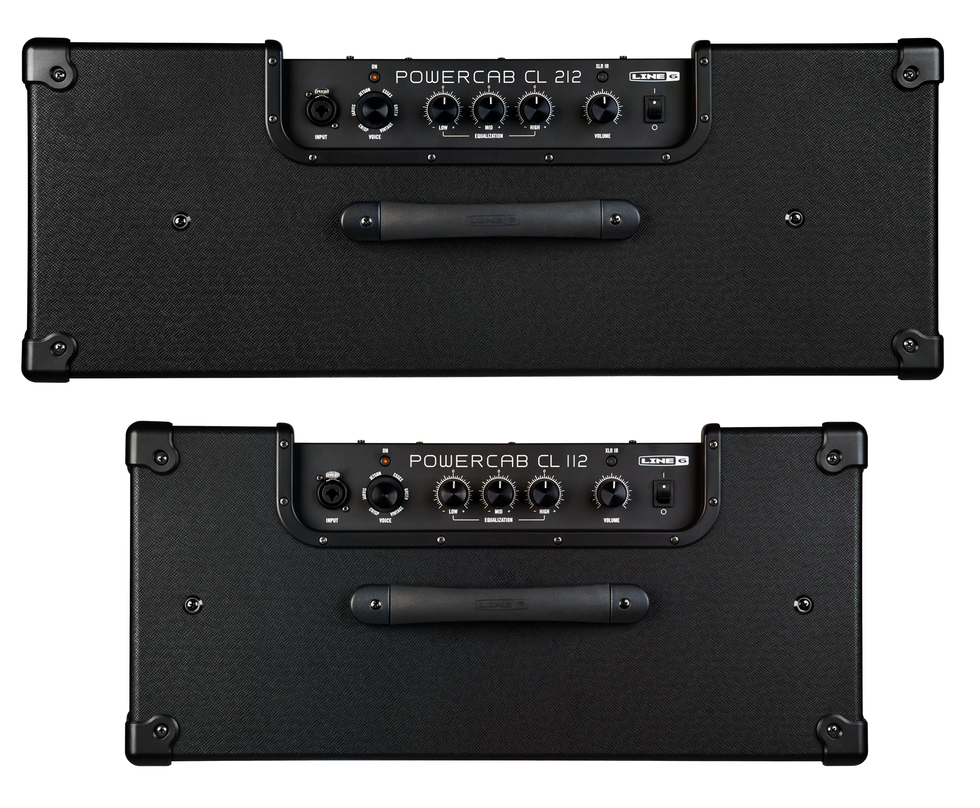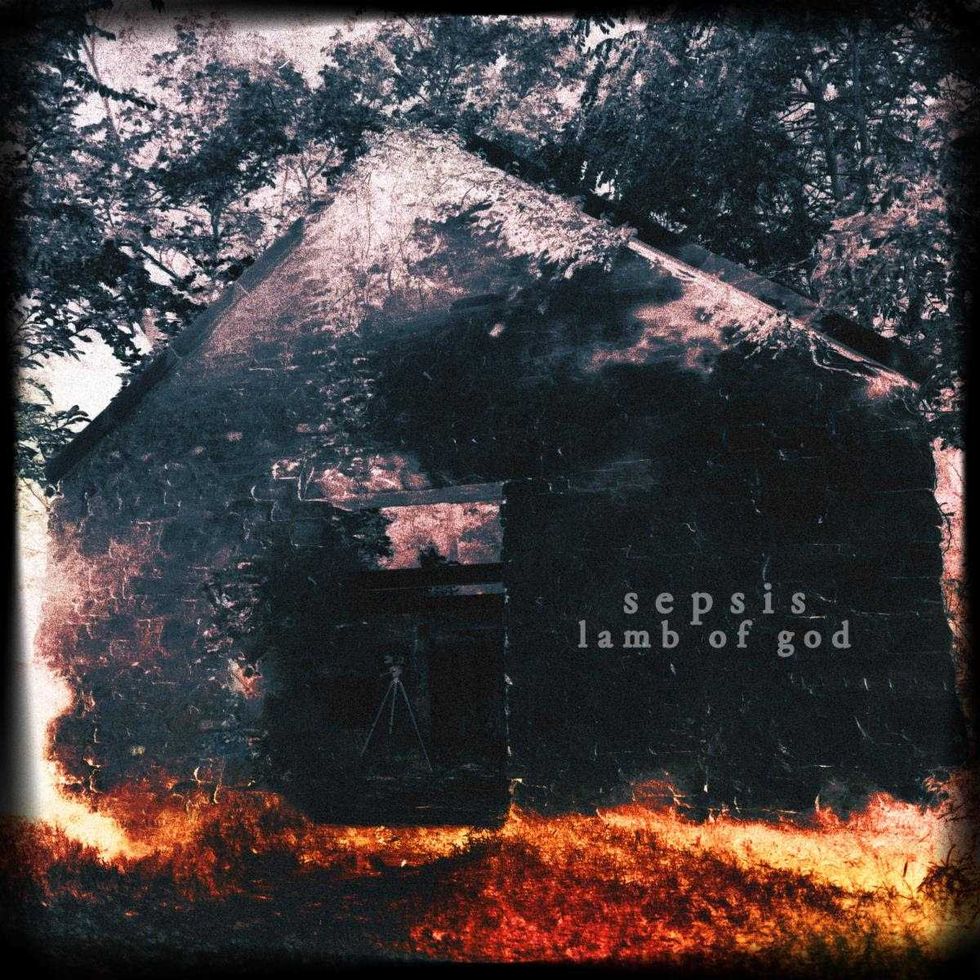Introducing the Jeff Beck “Yardburst” 1959 Les Paul. A tribute to guitar legend Jeff Beck, this limited run includes a Lifton hardshell case and exclusive case candy. Only 130 handmade guitars available.
“Jeff was enormously proud to have owned the original of this guitar,” says Sandra Beck. “He was aware and fully supportive of the amazing job and love that Gibson Custom provided to create this instrument and would have hoped that this guitar will give hours of pleasure to those who play it.”
Jeff Beck got his start playing in the Yardbirds, making groundbreaking music on a ’59 Les Paul Standard. The “YardBurst” is a faithful recreation of this legendary guitar, complete with its unique and instantly identifiable traits, such as the classic white bobbin humbuckers and black single-ply pickguard. An aged Lifton hardshell guitar case and a selection of case candy commemorating the life of the legend that is Jeff Beck are also included. Only 130 of these recreations were handmade by Gibson Custom and artfully aged to match the original as it appeared during Jeff’s Yardbird days by the Murphy Lab.
“Jeff was a trailblazer, the guitar hero of our guitar heroes and admired by his contemporaries,” says Cesar Gueikian, CEO of Gibson. “Jeff played an instrumental role in the cultural significance of the Gibson Les Paul early in his career during the Yardbursts’ era. Just like Jeff was influenced by Les Paul, he influenced many iconic musicians to create their art with a Gibson Les Paul. We are proud to pay tribute to Jeff.”
Beck famously replaced Eric Clapton as the Yardbirds’ lead guitarist in 1965 and later went on to form The Jeff Beck Group, which featured Rod Stewart on vocals and Ron Wood on bass. Their two albums -- Truth (1968) and Beck-Ola (1969) -- would become musical touchstones for hard rockers in the years to come. The constantly evolving Beck’s next move -- a power trio with bassist Tim Bogert and drummer Carmine Appice, which released Beck, Bogert and Appice (1973), once again shattered people’s preconceptions of what a rock guitarist was supposed to sound like.
In June 2010, Beck paid fitting tribute to his mentor, the great Les Paul, celebrating what would have been the pioneering guitarist’s 95th birthday. But it was Beck’s astonishing 2010 solo album, Emotion & Commotion, that brought about two additional GRAMMY Awards; Beck was nominated in 5 categories before bringing home three: Best Rock Instrumental Performance for “Hammerhead” and Best Pop Instrumental Performance for “Nessun Dorma,” both from Emotion & Commotion, and Best Pop Collaboration with Vocals for “Imagine,” his collaboration with Herbie Hancock. His Rock ‘N’ Roll Party Honoring Les Paul album was nominated for a 2012 GRAMMY Award for Best Rock Album. In 2016, he released Loud Hailer, and in 2017, Jeff Beck: Live At The Hollywood Bowl was released. A new musical collaboration with Johnny Depp, the 13-track album 18, was released on July 15, 2022, and featured a mix of Depp vocals with a wide range of instrumental covers from Celtic and Motown to John Lennon, the Beach Boys, and The Velvet Underground.
Jeff Beck recorded with everyone from Stevie Wonder and Buddy Guy to Tina Turner and Mick Jagger, and so many more. Beck will forever be regarded by his peers and worldwide by his multitude of fans as one of the greatest guitarists of all time, thanks to his ability to make impossible sounds effortless.
For more information, please visit gibson.com.
Gibson Custom Jeff Beck "Yardburst" 1959 Les Paul Standard Murphy Aged Electric Guitar
